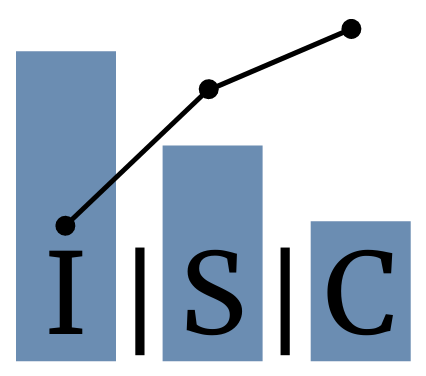Empathy Interviews
Understanding how people experience our systems can provide deep insights into how the system needs to change and can inspire specific changes to make. Empathy interviews are one important way to access and learn from the user experience.
Introduction to Improvement Science
This ~10 minute video provides a broad overview of the foundations of improvement science, including:
Systems Thinking, Understanding Variation, and The Improvement Journey
Exploring the Details of a Single PDSA Cycle
Participants will understand the purpose and parts of Plan-Do-Study-Act (PDSA) cycles, review a PDSA cycle used in practice, and develop the Plan section for a cycle to be tried in a system.
Model for Improvement: PDSA Cycles
Learn about the purpose of Plan-Do-Study-Act (PDSA) cycles and appreciate the deductive and inductive parts of PDSA cycles. Viewers will reflect on who is participating in the improvement journey as well as what methods might be used to source change ideas.
Model for Improvement: Our Engine for Change
Learn about the Model for Improvement, including the use of the ‘three questions’ to organize improvement efforts. Viewers will appreciate the value of the Plan-Do-Study-Act cycle in generating learning about their systems.
Increasing early childhood education enrollment and attendance rates
This paper reports on a project to increase enrollment and attendance rates at seven early childhood education (ECE) centres in socio-economically deprived areas of Auckland, New Zealand, between January and June 2014. Participating centres used Breakthrough Series collaborative methodology with the Model for Improvement (Langley et al., 2009) to develop and test change ideas according to local context.
Primary Care Collaboration to Improve Diagnosis and Screening for Colorectal Cancer
Colorectal cancer (CRC) screening helps achieve early diagnosis and better outcomes, yet many patients fail to receive recommended screening. As part of an academic improvement collaborative, 25 primary care practices worked to improve CRC screening and diagnosis. The collaborative effectively engaged teams in a broad set of process improvements with key lessons learned related to barriers, information technology challenges, outreach challenges/strategies, and importance of stakeholder and patient engagement.
Target CLAB Zero: A national improvement collaborative to reduce central line-associated bacteraemia in New Zealand intensive care units
Central line-associated bacteraemia (CLAB) is a preventable cause of patient morbidity and mortality in intensive care units. Target CLAB Zero was a national campaign that ran from October 2011 to March 2013 across all New Zealand ICUs (intensive care units). The campaign aimed to reduce the national CLAB rate to less than one incident per 1,000 line days and to establish a national measurement system for CLAB.
What's your theory? Driver diagram serves as a tool for building and testing theories for improvement
A driver diagram is an applicable tool for many contexts, from improving process reliability to redesigning a service to creating new products to generating enhanced user experience.
Creative Thinking to Develop Change
Sometimes finding a solution to our problems requires innovative thinking. Structured creativity techniques can be powerful mechanisms for helping us identify new ideas for changing our systems.
Strategies for the Scale-Up of Antiretroviral Therapy in South Africa through Health System Optimization
In the face of the massive burden created by human immunodeficiency virus/acquired immunodeficiency syndrome and other infectious diseases, developing nations must find ways to rapidly begin treatment for infected persons. Although infusions of personnel, supplies, and diagnostics would make a major contribution to expanding the capacity to treat these diseases, the lack of these resources creates a long-term challenge, and there is a need for additional approaches to spread effective interventions that can leverage existing resources and the much-needed infusions of new resources. This article describes one such approach—applied in several forms in South Africa—that aims to significantly increase the number of patients receiving antiretroviral therapy.











